Who never heard of Cinque Terre? And even if you don’t know it by name, you must have admired photos of the picturesque colourful little villages. Listed in the UNESCO World Heritage List since 1997, Cinque Terre is one of the most famous and visited touristic landmarks in northern Italy. Meaning “The Five Lands”, it comprises of five small villages of Riomaggiore, Manarola, Corniglia, Vernazza and Monterosso on the Ligurian Coast, on a rugged and steep cliff area.
Cinque Terre was on our “to see” list for a long time, but for various reasons it never fitted our travel schedule, so we added it to the Italian road-trip as an intermediate step between the northern lakes and countryside Tuscany. We planned not to spend too much time in this area, just to visit the main points, as it is not the most child friendly region due to the steep landscape, and preferred to have some relaxing days in the next locations.
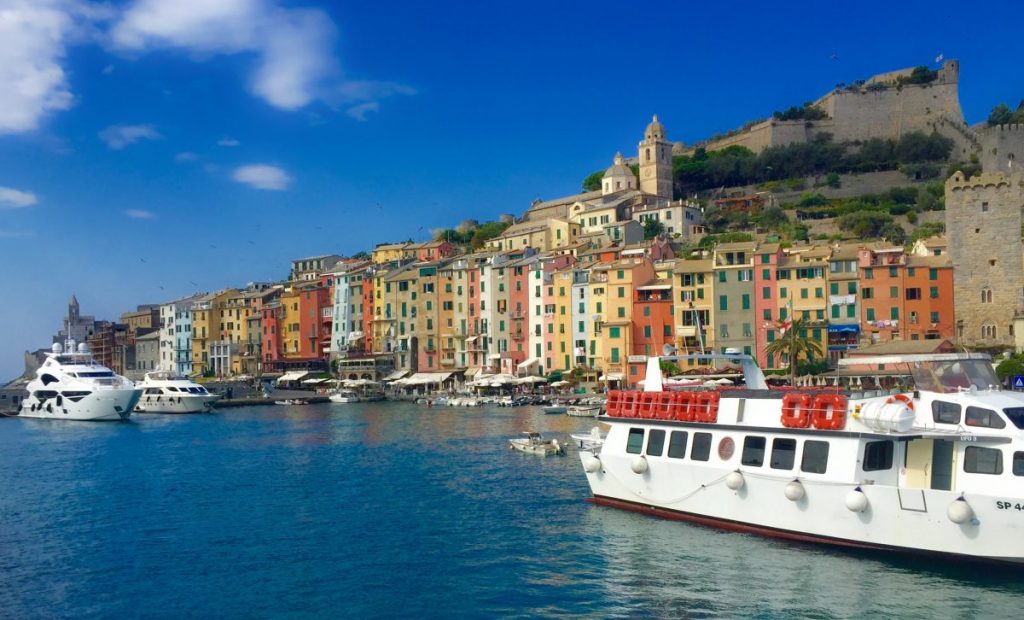
We spent two nights in La Spezia and visited Cinque Terre from there, as it was easier and more affordable this way. You need to move from one village to another anyway, if you want to visit the whole area and the accommodation costs in the villages is really high, for a good reason: there is a very limited space, with difficult access and plenty of tourists. Also, in La Spezia we had better options for early morning and evening walks with the baby-stroller, with no rocky fields and hundreds of stairs, making our lives a bit easier.
La Spezzia is close enough for day-trips to Cinque Terre and offers two great options: train or ferry. We chose the second one, as we love to be on the sea and we considered it better for Eric – we rather spend time on a boat deck then inside a train, since both are very likely to be crowded. Also, the landscapes can be admired much better from the sea, the dramatic scenery opening up and revealing the details of each little village as the ferry approaches the shore. The hop-on, hop-off daily pass allows you to visit as much as you want at your own peace. We got a chance to see the scenery from land as well, as the the next day we took a car-ride on the whole coast, while Eric was snoozing his morning nap.
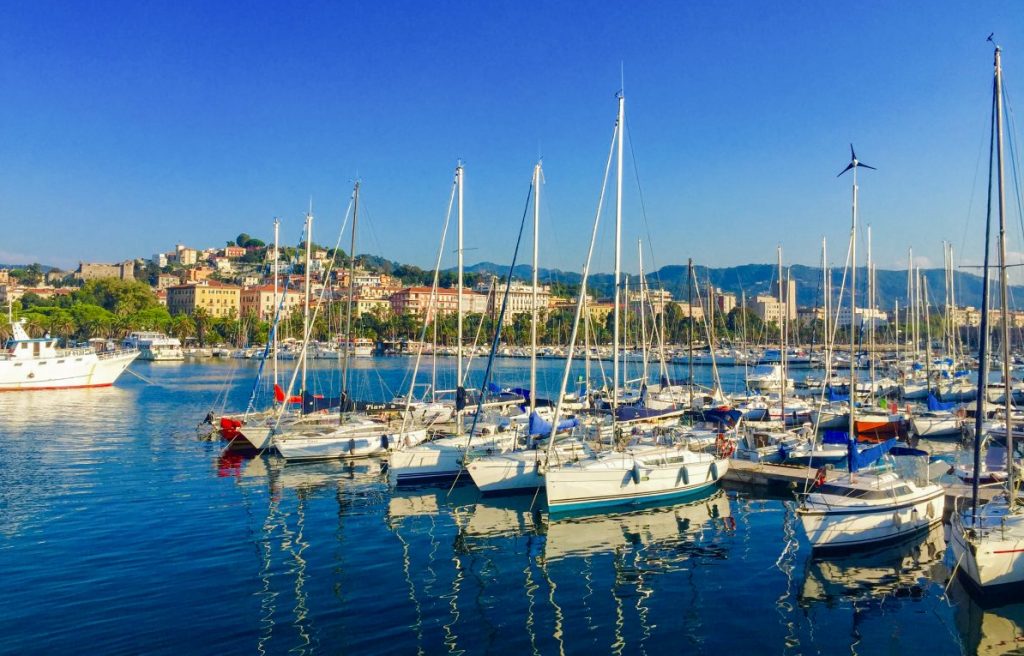
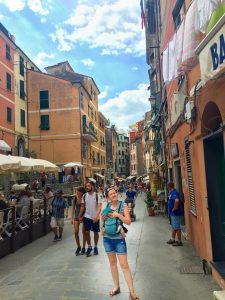 My first impression about Cinque Terre was that it is overcrowded and much too touristic. Don’t get me wrong, the whole scenery is impressive, but it is far from the isolated fishing villages that you would expect. For sure spending the night there lets you enjoy the slow rhythm of an authentic Italian village, after all the hustle and bustle of tourists calms down in the evening. The number of tourists is much greater then the locals and even than the accommodation capacity in the region, since it is a very popular day-trip for Mediterranean line cruises,
My first impression about Cinque Terre was that it is overcrowded and much too touristic. Don’t get me wrong, the whole scenery is impressive, but it is far from the isolated fishing villages that you would expect. For sure spending the night there lets you enjoy the slow rhythm of an authentic Italian village, after all the hustle and bustle of tourists calms down in the evening. The number of tourists is much greater then the locals and even than the accommodation capacity in the region, since it is a very popular day-trip for Mediterranean line cruises, so from about 10 in the morning until mid-afternoon there is a constant stir of people walking around and taking pictures. It was probably the first time I fully realised what over-tourism means and how it can damage the charm and authenticity of a place.
so from about 10 in the morning until mid-afternoon there is a constant stir of people walking around and taking pictures. It was probably the first time I fully realised what over-tourism means and how it can damage the charm and authenticity of a place.
For sure my perception was influenced by Eric, because babies are much more influenced by crowds and usually feel uncomfortable and agitated in such cases. We carried him most of the time in his Manduca, as a stroller is not at all appropriate on Cinque Terre hilly terrain; he could peacefully sleep on some of the ferry rides or walks, but, the rest of the time he felt too constrained in the baby-carrier and probably too hot as well.
We could visit by boat four of the five villages, as Corniglia is more atop of the cliffs and cannot be accessed from sea. Even if they are usually mentioned only as Cinque Terre, a group of villages, each has its own beauty and individuality. 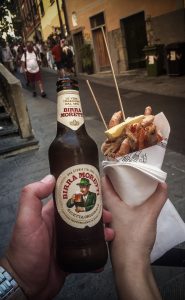 Riomaggiore, the southernmost, was our first stop; we spent some time on the rocky beach, than continued with a walk on the main road where we tasted a paper cone with fried seafood and local gelato (thumbs up for the honey ice cream!) and up the hill to the church that offers panoramic views of the whole coast.
Riomaggiore, the southernmost, was our first stop; we spent some time on the rocky beach, than continued with a walk on the main road where we tasted a paper cone with fried seafood and local gelato (thumbs up for the honey ice cream!) and up the hill to the church that offers panoramic views of the whole coast. 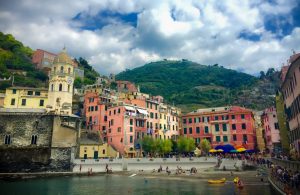 Then there is Manarola, the most picturesque in my opinion, with rocky shore and small colourful houses building up in terraces on the cliff. We admired Corniglia from the sea and went straight to Vernazza, not very steep and with a small strip of sand where we could cool our feet in the Ligurian sea; still, at the beginning of September is was a bit too cold for baby Eric to try it as well. The northernmost village is Monterosso, which is larger and almost flat, not as impressive as the rest of the villages; it also has a “modern” part, developed in the last 50 years, which resembles a typical Italian beach towns.
Then there is Manarola, the most picturesque in my opinion, with rocky shore and small colourful houses building up in terraces on the cliff. We admired Corniglia from the sea and went straight to Vernazza, not very steep and with a small strip of sand where we could cool our feet in the Ligurian sea; still, at the beginning of September is was a bit too cold for baby Eric to try it as well. The northernmost village is Monterosso, which is larger and almost flat, not as impressive as the rest of the villages; it also has a “modern” part, developed in the last 50 years, which resembles a typical Italian beach towns.
To really see everything and enjoy what Cinque Terre has to offer you need at least 2-3 days. If you are a hiking enthusiast, there are plenty of trails and paths of various difficulty that offer even better perspectives on the beauty of the nature and makes you better understand how difficult was to setup these establishments; beware that some of them are often closed due to terrain problems and, in some cases, you need to purchase a permit to enter.
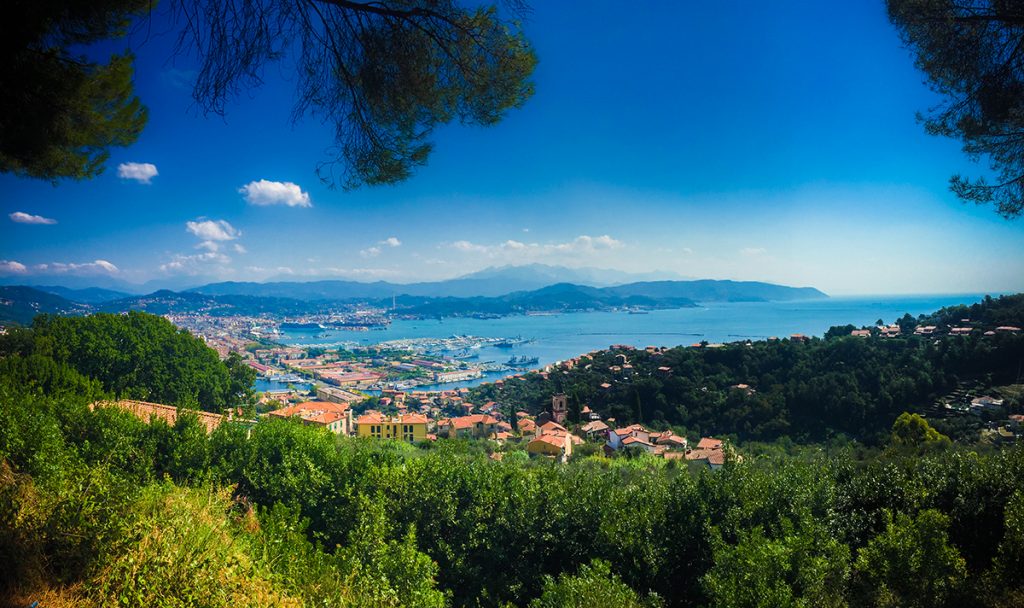
Stay tuned for our next post, the third step in our Italian adventure with a 6 months old, the relaxing countryside Tuscany!
Pin for later
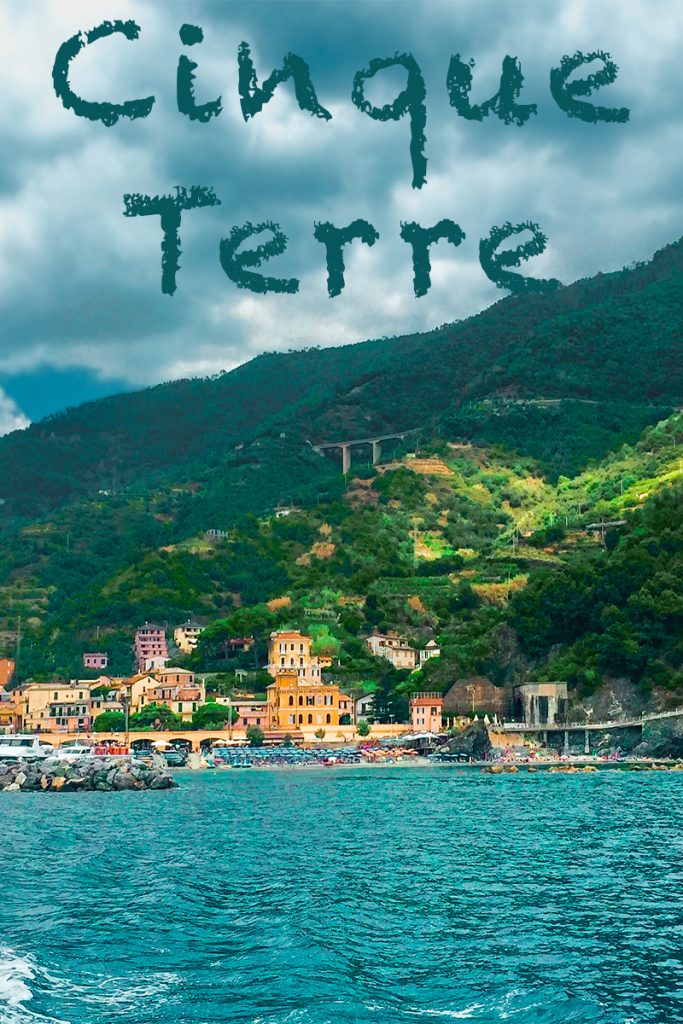

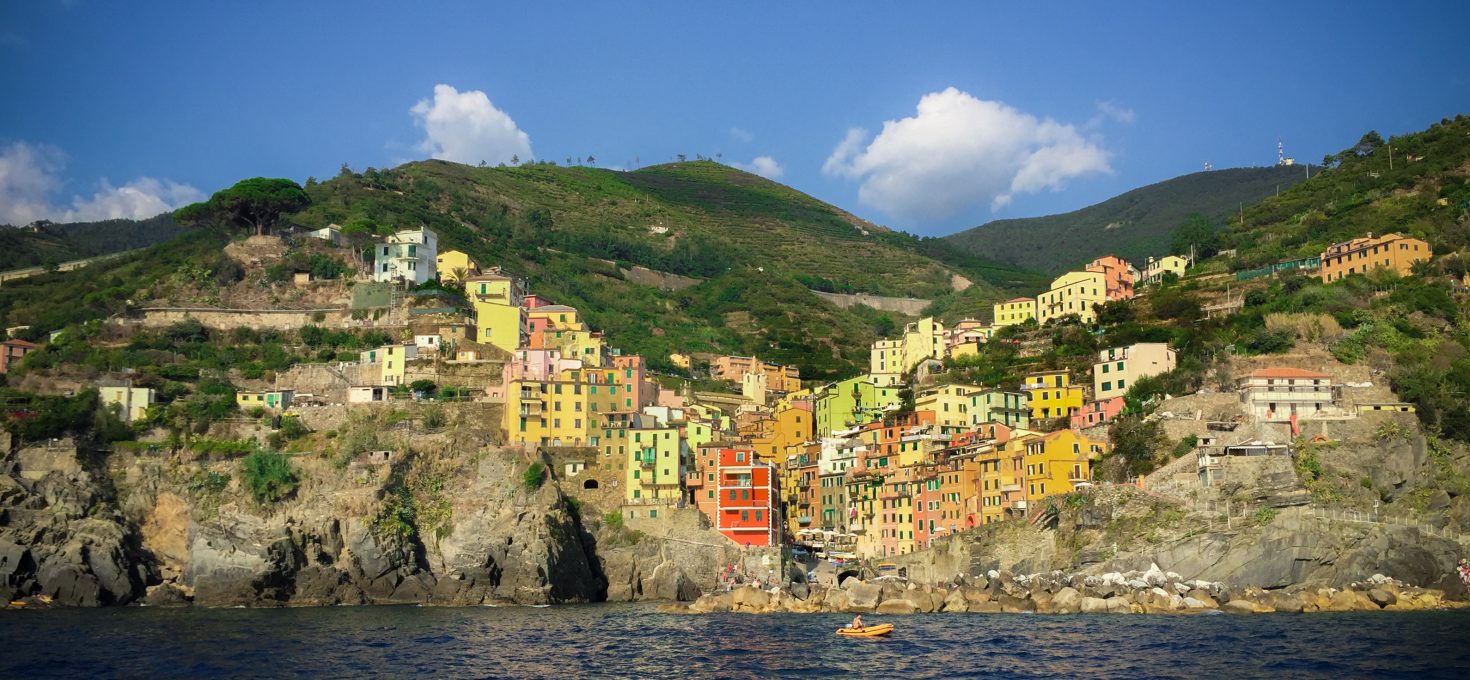
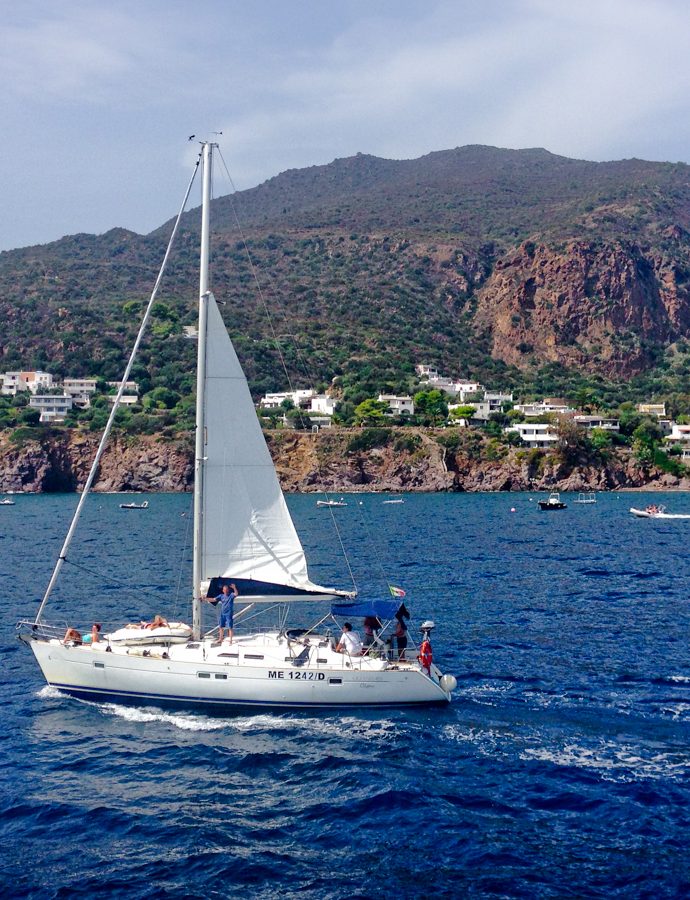
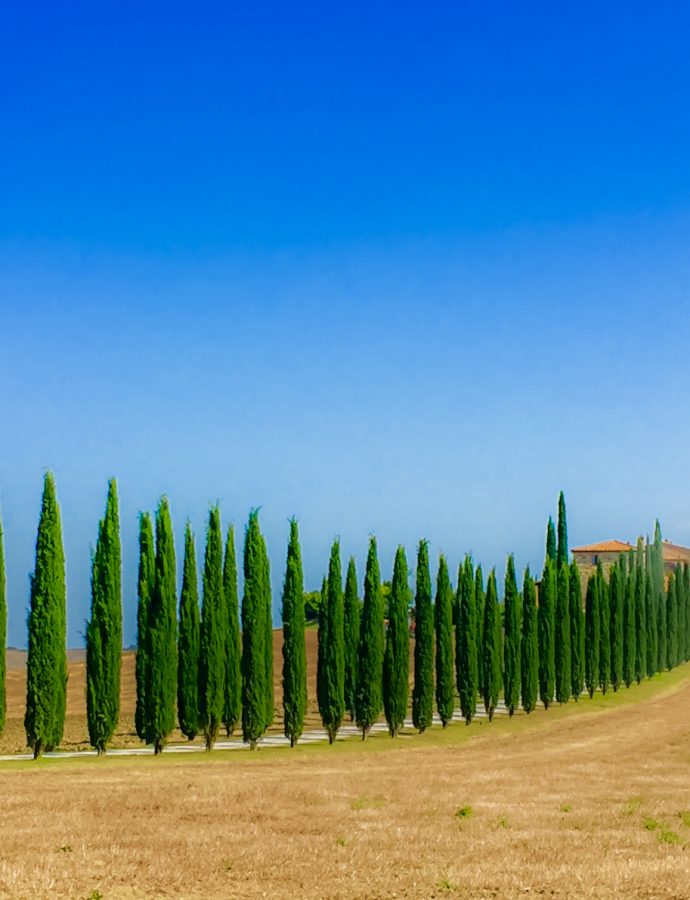
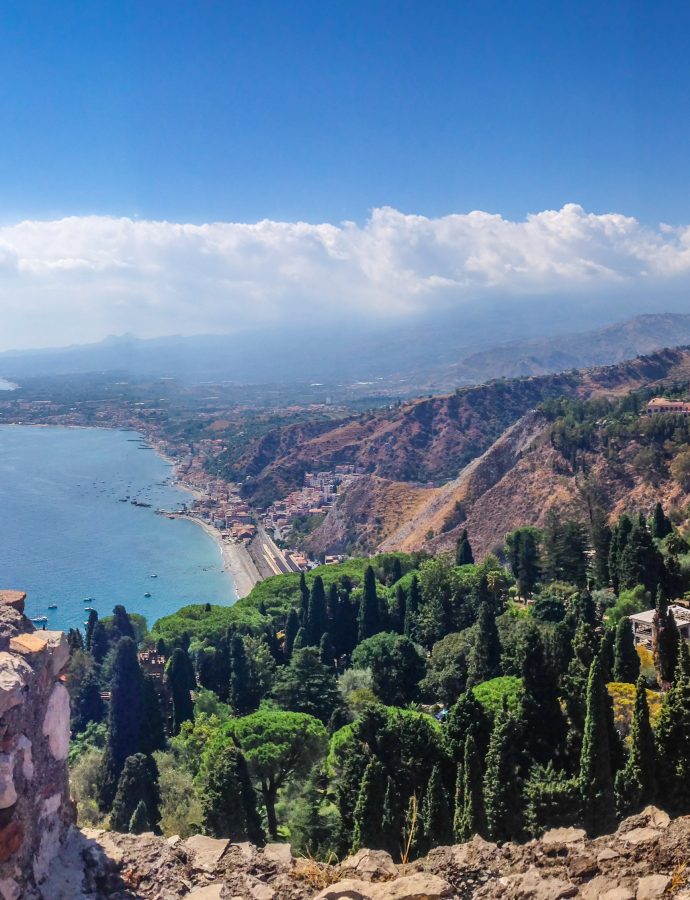




[…] ergonomic model would suit the purpose. I can’t imagine how we would have survived the stairs in Cinque Terre or sail to see the whales in Tenerife without […]
[…] mornings and afternoons doing research and came up with the itinerary: Lago di Garda – Cinque Terre – Tuscany countryside – Amalfi Coast – Rimini, spending 2-5 nights in each […]